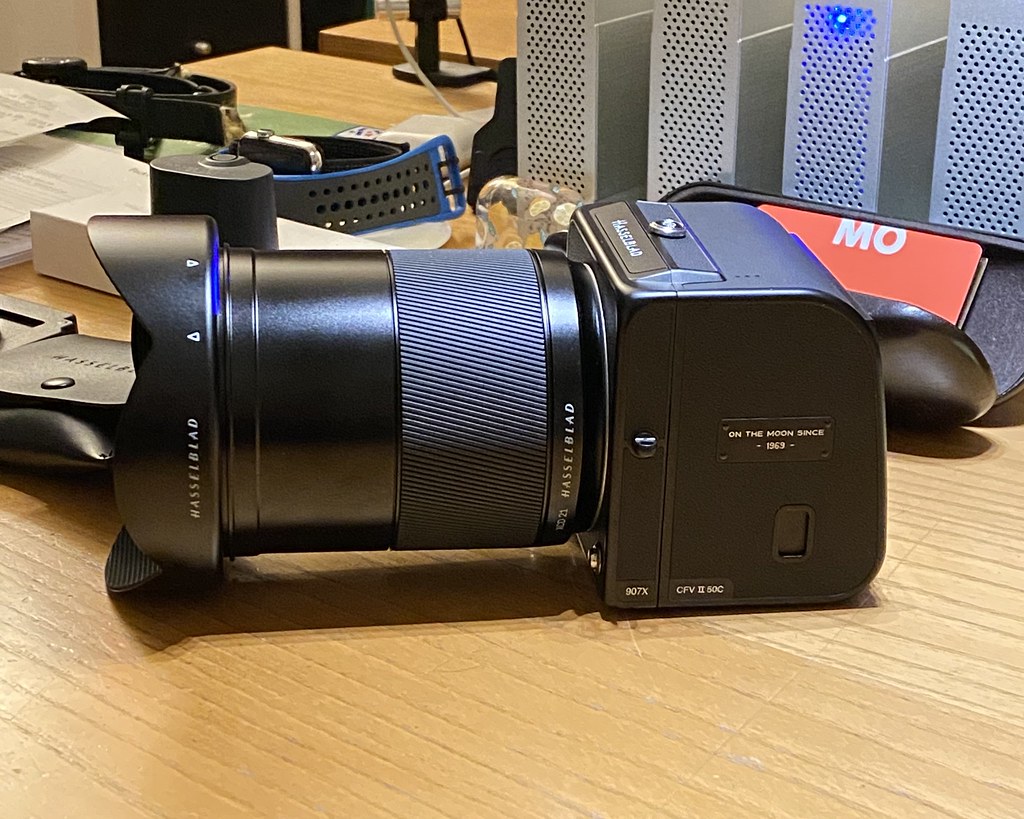I'm not always in the harshest environments, but if my task at hand requires me to be, I don't think twice. If my client needs me in a desert, I'm there. I've never babied any gear and never plan on it. I'll replace the broken parts, clean out units, and rebuild them if necessary after I get done. You'l be surprised how much industrial coolants and solvents will frost and dissolve Gorilla glass! Just normal blowing wind in sandy environments will turn a shiny Gorilla glass screen into a piece of frosted glass and just carrying a phone in my pockets will leave nasty scratches all over the screens. I've cracked the top magnesium casting on my Canon 1Dx bodies mutiple times in the field, broken a 70-200 Canon in half, had an Otus 55 come apart in my hand, and had multiple Hasselblad 120/4 lenses (both of the CF/e and HC variety) get trashed during a shoot. It's all just a tool and can be fixed... One of the funniest sights is removing one of the glass protectors from the back of a 1Dx where the powder coat was almost gone on the back of the body, seeing a shiny screen in the middle of the chaotically abraded casting.
As far as Gorilla glass goes, each generation of the glass "gets better", but usually not for hardness. It's usually to make it thinner, more flexible, and to handle drops from a higher distance. The tradeoff for the flexibility of the glass is that it's not as scratch resistant as plate glass. The harder the glass, the easier it is to break. If you watch the Corning engineering videos (not the marketing ones), take note of the large objects which they test the glass with, which is how the glass is designed: it can take a lot to scratch it if it's big. The finer the point and sharper the edging, the more likely it is to scratch or destroy the glass. Tungsten and titanium milling dust treats any of the Gorilla or Dragontrail glasses like it's Plexiglass and leaves thousands of microscratches all over the surface. Even the act of blowing off the dust from a piece of the glass is a sandblasting act to the surface.
I've watched may times as film protectors get scraped off Gorilla screens of all varieties from phones to laptops. If the user was smart and used a screwdriver, large point tweezers, or a spatula to pick up the film edge, the film comes off and leaves no trace on the glass. Those who used razor blade corners, picks, or sharp pointed tweezers to lift the film instantly left a gouge in the glass.
I don't use any apple products and I don't allow them in my studios. But I've had my share of Lenovo screens that I've used in the field for tethering get eroded by the atmosphere to the point where I had to replace them when I get back in. I actually keep spare screens, chassis, and fans for all the portable computers on hand in my lab. I'm that rough on them. I've used my cameras in some crazy environments too and the powder coating shows it. The screen protectors clearly show how much damage would've occurred if they weren't on the displays. It's a cheap price to pay to keep the gear working as long as possible!






